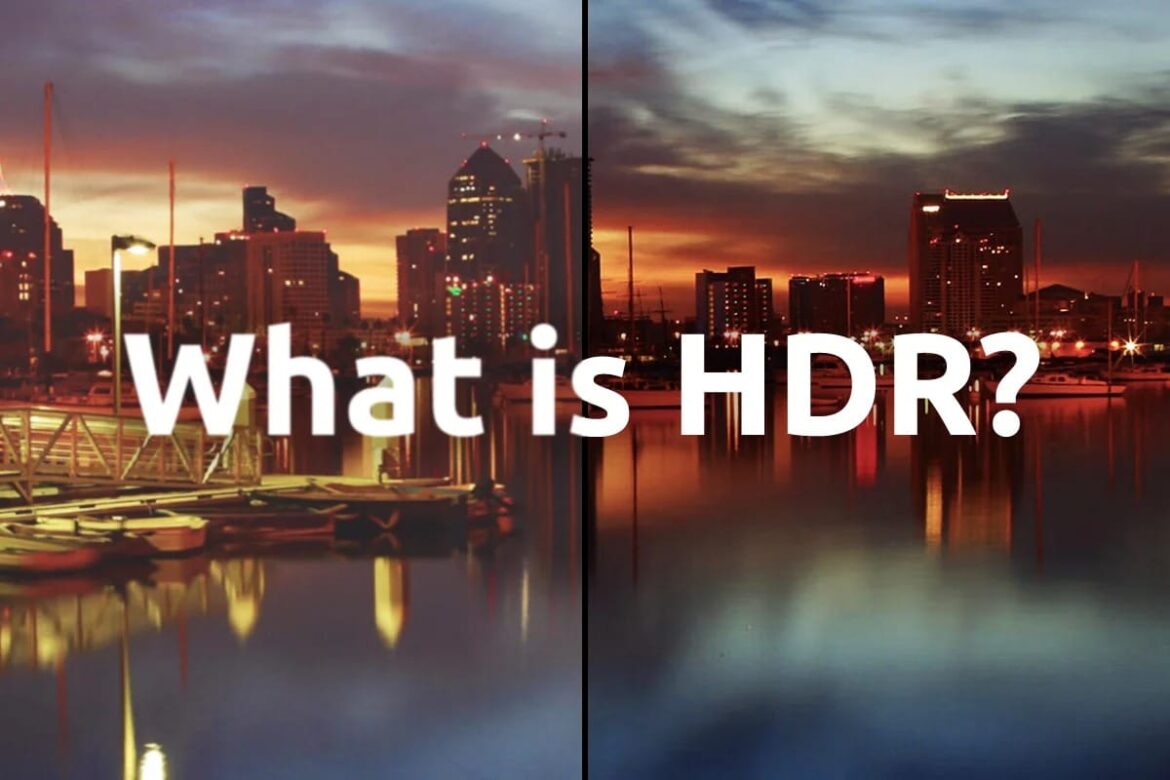1K
The term “HDR” is mainly used in connection with cameras, smartphones and televisions. What it is exactly is not clear to everyone
HDR – what it actually is
HDR stands for “High Dynamic Range” and is a technology used in cameras to bring out colors and contrasts more vividly.
- It often happens that images are too dark or too bright and do not have a uniform brightness. Details are then often barely recognizable
- HDR images offer uniform brightness as well as strong contrasts and colors compared to normal SDR images.
HDR – how the technology works on smartphones
In an HDR image, at least three images are taken simultaneously when you take a photo with your smartphone.
- A normal, an overexposed and an underexposed image are created.
- The images are then merged by the software to create an overall image that is not too bright or too dark at any point.
- HDR uses a color depth of at least 10 bits (standard is 8 bits), which is why colors are more vibrant and contrasts are more pronounced.
- The use of HDR is best suited for landscape shots and whenever the sun is blinding: Overexposure or underexposure can cause some details of the image to be lost. This is compensated for by HDR technology.
- However, it is not always worth using the HDR function: blurred images are created when taking motion shots, as – as already mentioned – several images are taken one after the other.
- Even if a high contrast is desired, you should switch off HDR, otherwise the contrast will be washed out.
HDR on televisions
Nowadays, televisions also offer the option of displaying HDR films accordingly. A distinction is made between four different modes:
- HLG is the simplest form of HDR transmission. Although the quality is not particularly high, it can be played by most devices without any problems.
- Classic HDR10 uses a color depth of 10 bits: The colors are significantly stronger here than with conventional SDR.
- HDR10+ also usually uses a color depth of 10 bits: However, this is dynamic HDR, so the creators of a movie can set the contrast information for each scene separately.
- The best is “Dolby Vision”. With a color depth of 12 bits, 68 billion different colors can be displayed.
- Users of streaming services and UHD Blu-rays can look forward to some films and series that support HDR.

